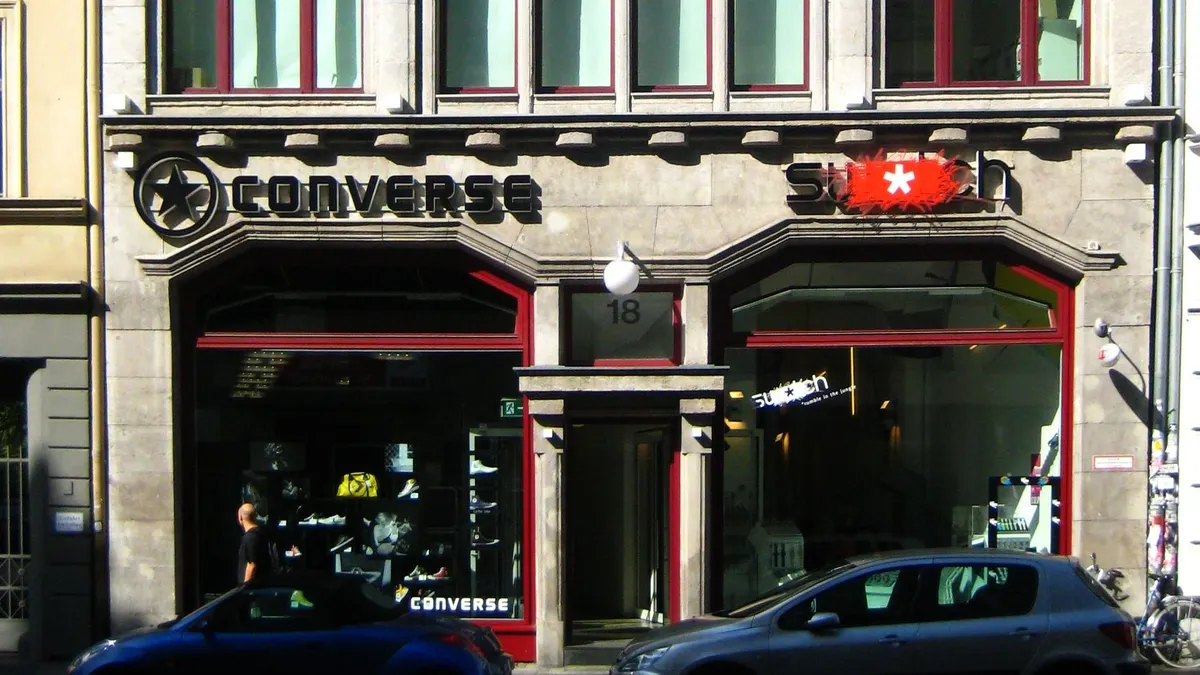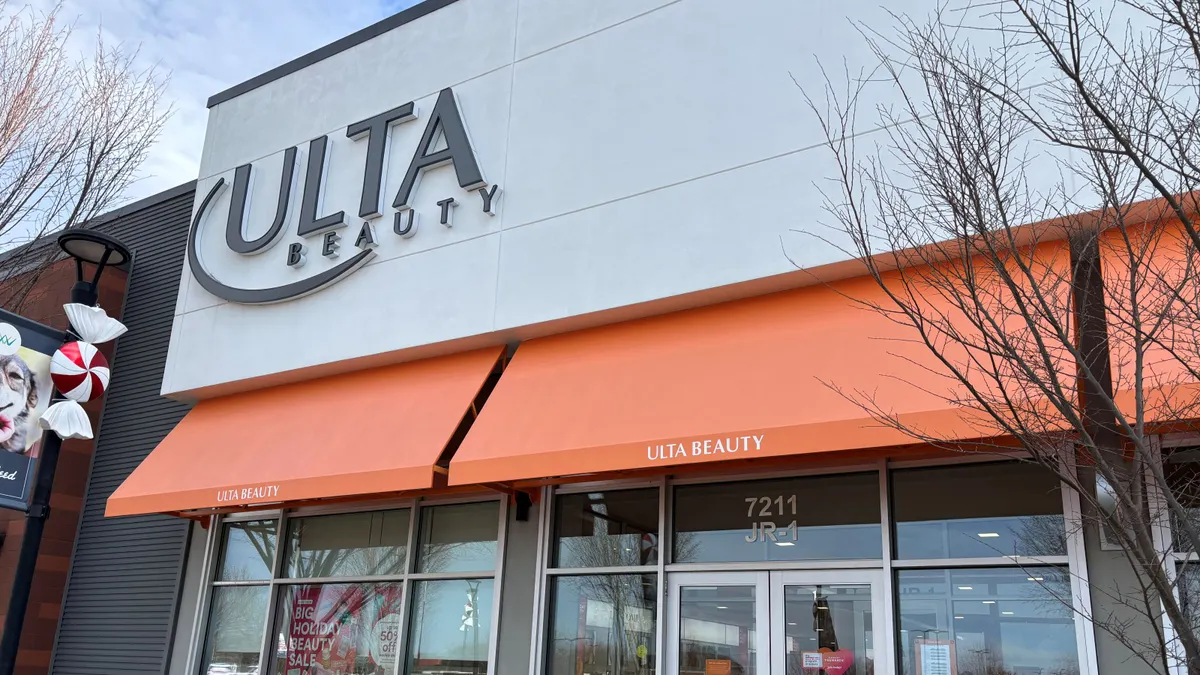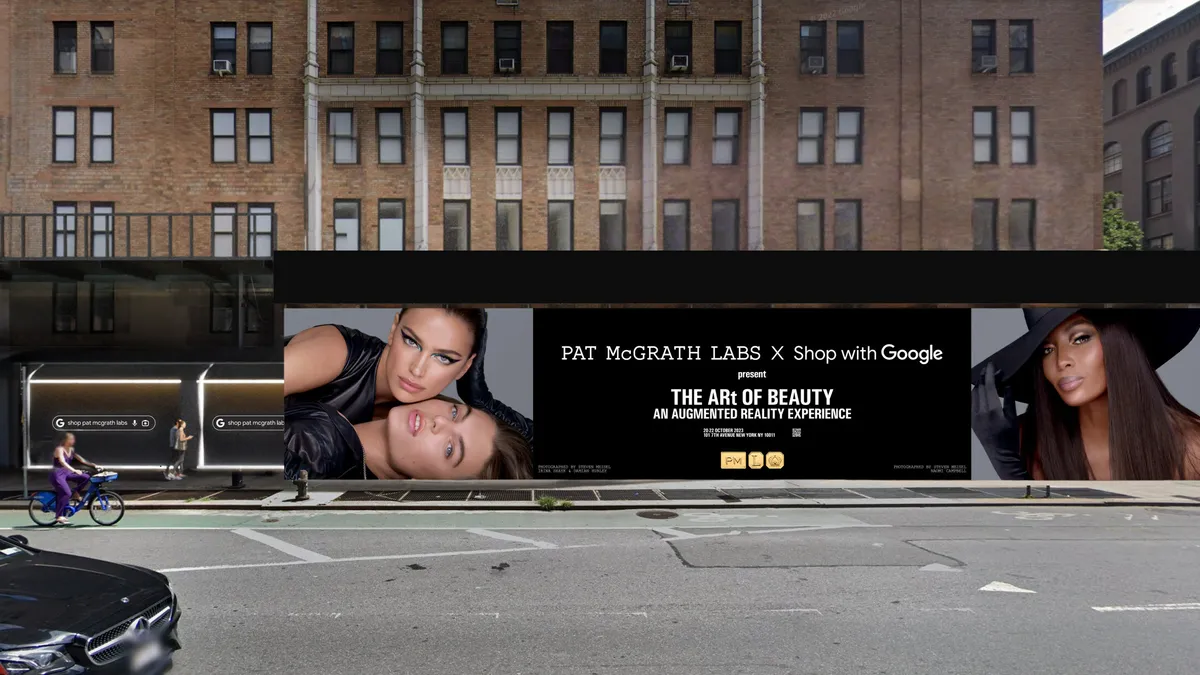At the Retail Innovation Conference in New York City this week, Kasey Lobaugh, Deloitte's chief retail innovation officer, stood in front of a room full of retail executives and enumerated his frustrations with, well, retail executives.
Lobaugh described conversations with the attendees’ peers in which they discussed the business of retail and the future of the business. Some seemed stuck in the past, refusing to acknowledge the proverbial winter that is coming for retail.
“I’d have retail executives say to me, they’d say: ‘Disruption, nah. Look, I’ve been in this business for 40 years and it’s always been cut-throat, it’s always been tough, it’s always been competitive,’” Lobaugh said. “I’ve had retail executives look at me and say that there is nothing different today.”
But disruption is on its way, Lobaugh said. Deloitte even produced a report to prove it to these disbelieving executives.
In the report, out next week, Deloitte found that the type of disruption retailers are seeing today is something new. Rather than competing with the other big-box store or grocery chain across the street as in years past, retailers are seeing their market share stolen by smaller retailers and hurt by consumers’ changing idea of value. Customers aren’t always in the market for new stuff anymore; they're in the market for new experiences.
This is a conundrum for some retailers, many of whose business models are built on the idea that customers will constantly be shopping for new things. Rather than building a store and expecting customers to come to them, retailers now need to go to the consumer by rethinking their technology, their approach to innovation, and the role of physical stores. In short, retail now has a new end game—pleasing the customer.
“We’re not really shopper-centric,” said Ken Hughes, a shopper behavioralist and another speaker at the conference. “Everyone in this room runs a business where they think that they are shopper-centric. But in reality, retail is a logistics game, an operations game, a supply chain game, but it’s not a shopper game, really.”
When it’s time to innovate
The first step toward innovation is admitting that you have a problem and need to innovate. Almost everyone Retail Dive spoke with at the conference acknowledged that the traditional retail model needs to change, but how to do so is a different challenge for each retailer.
For J.C. Penney, innovation was practically thrust upon them. Lance Thornswood joined the retailer as its senior director of omnichannel in 2014 after the retailer had suffered years of declining profits and sales. He compared his experience working at J.C. Penney to his experience working for Target, a retailer that went relatively unharmed by the economic recession of 2009, unlike J.C. Penney.
“For me, it was remarkable to see,” Thornswood said during a panel at the conference. “The difference when you literally hit bottom and you’ve got to absolutely look at your business differently. The J.C. Penney C-suite was so much more open to the entire range of what could be going on and really open to consider innovation across that range to look at competition in an entirely different way.”
Smaller retailers may be more conditioned and nimble to adapt when change is needed, but larger retailers can still innovate. It all begins with mapping out the road to change, said Eric Shea, a partner at Kurt Salmon.
“Retail is changing and customer expectations are changing. People expect everything to be easy and seamless and right there, right now,” Shea told Retail Dive. “I think there are a number of large retailers doing it well. I think the ones that are succeeding have a process, though, for innovation.”
A healthy process for innovation includes nailing down how you are going to test technology in your stores, formulating a process to track that process, and treating testing like the scientific method, he said.
“We do these things and it’s OK to fail—as long as you have a thesis and you know what you’re trying to achieve, we can then change the experiment and move towards a path that does work for them,” Shea said.
Innovation for innovation's sake
Many speakers cautioned against innovating for innovation's sake—throwing technology at a problem and hoping that it will solve it.
“I’m fascinated by innovation,” Hughes said in his speech, “because oftentimes we innovate for the sake of innovation.”
Some brands are “innovating” to meet a consumer need that doesn’t exist, he added, highlighting seemingly silly products like an umbrella tie and lipstick stencil that have been created in past years.
“You can try to be new and different,” Hughes said. “But you can also be new and different and produce things that people don’t really need.”
Retailers should beware not to fall into this trap. Hughes used the Rebecca Minkoff store in SoHo as an example of using technology to fulfill a human need that may not be there. In visiting the store earlier in the week, Hughes said that he didn’t think that many people use the high-tech touch screens installed in the store’s fitting rooms, where a shopper can adjust the lighting in the rooms, request different sizes of clothing that they are trying on, or save the looks to a digital wish list.
“The impression was, people used it to play, but not to shop,” Hughes said. “So sometimes we go overboard in terms of throwing technology at a problem that might not exist.”
It all comes back to the customer
To avoid this type of needless innovation, retailers should look to become shopper-centric in every aspect of their business. This focus should be applied when developing a new technology, a new way to market to the customer, or even when brainstorming a new store concept.
“The most important thing is involving the customer in the build process,” Aaron Dane, retail experience and innovation manager from in-store product location software provider Point Inside, told Retail Dive. “What I really appreciate is being side-by-side with the real users as your building the software.”
Dane went on to describe his experience leading Nordstrom’s Innovation Lab before joining Point Inside. He detailed how engineers would go to customers when they were testing products in the development stage. While using the tools, they would ask customers what their expected outcomes were, while also watching their natural behaviors when interacting with product.
“A lot of times you will build experiences around touch panels or putting an object on something or picking something up,” Dane explained. “The difference between changing your natural behavior of picking up a shoe or a garment or putting something on a platform makes a huge difference in usability. So when you talk to the consumer, you really want to observe their behavior and observe their natural movement for usability but then also ask them what they expected to happen.”
Many of the startups at the conference mentioned that they innovated based on customers’ needs in a similar way, one that will ring familiar with their older retail competitors: Adore Me, Shoes of Prey, Rent the Runway, and Casper—all four traditional pure-play online retailers—all said that they started off-line concepts like showrooms and pop-up stores because customers were asking for them. While some of these concepts are still in their infancy—Adore Me just has one showroom, compared to Rent the Runway’s four locations and brand new Styling Studio—all of these retailers said they have seen impressive results from these physical stores. In the end, the model for innovation stayed the same: Consumers asked, and the retailers listened.
“It’s not just about making the stores fun,” David Page, senior vice president of brand strategy and research at Rent the Runway, told Retail Dive. “It’s about thinking about what people come to the stores for and what we need to deliver when [they] get there.”



















